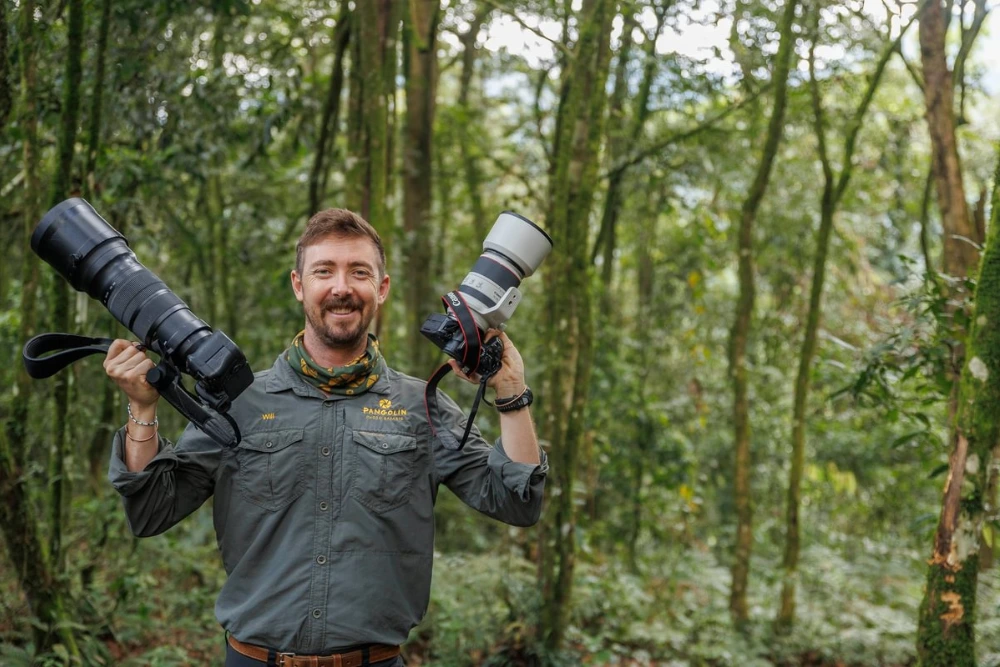
All you need to know about camera lens hoods
All you need to know about camera lens hoods
Quick links
It is safe to say that most new camera lenses are sold with a lens hood as an included camera accessory, but if you’re fairly new to photography, you might not know the full story behind why lens hoods are so important or how they can make all the difference to your photographs. Whether you know a little about what a cylindrical lens hood is or want to know the best fit for your wide-angle lens, we hope that after this, you’ll feel comfortable using a lens hood.
A camera lens hood is a fantastic part of your lens kit with many benefits and should almost always be used! So let’s dive into this by starting with why you should use a lens hood regardless of whether you’re a beginner photographer or not.
What does a lens hood do?
As mentioned, almost all lenses now come with a camera lens hood, and most of the lens hoods are removable. If you have a fisheye lens or other specialist lenses, for example, the lens hoods might actually form part of the lens body itself, and then you’d never have to worry about the light or a lens flare in your photography. However, your regular prime or telephoto lens, etc., will have a detachable camera lens hood.
Simply put, the biggest two advantages of a lens hood are to avoid lens flare and to protect the front glass element of the lens/front of your lens. Do you need any other reason to use a lens hood? Probably not but here are the reasons a little more in-depth as to why we feel passionate about camera lens hoods for photography!
Blocking unwanted light by using a lens hood
Your lens hood acts as a visor to your lens by blocking unwanted glare and reducing the amount of lens flare in your images when shooting. Think of it like wearing sunglasses so that you can “see better” on a bright day and not worry about the light.
Increase image contrast
While sometimes a lens flare (scattered light that hits your lens from an angle outside of the frame) adds a creative look to your image, you’re more than likely not looking for this most of the time in your image, as you also run the risk of image discolouration. Some professionals would almost go as far as saying that lens flares could give an image a more amateur look. So what a lens hood does is remove the stray light, ensuring that your images will have increased contrast. By increasing the contrast, you are giving more clarity to the photo, meaning better image quality. A win-win situation when using a lens hood.
Protect the front of your lens
Another important factor to consider is the physical protection a lens hood provides. While yes, camera lens filters and your lens cap do add protection, they still have the actual lens unprotected. Whether we like to admit it or not, we’ve all accidentally bashed our lenses more times than once! So think of a lens hood as a built-in money saver. The lens hood easily clips onto the end of the lens and acts as an extension of your lens, so should something happen when you’re rushing to take the shot, the lens hood will take most of the brunt.


When to use lens hoods
Your lens hood and lens should just become one, in our opinion, unless there is a specific situation that requires you to take it off (more on that later), but that shouldn’t happen all that often, as the amount of lens flare you’d like in photography is probably quite small. Besides the protection factor against accidental damage to the glass or lens, you’ll find your lens hood most useful for blocking lens flare on a sunny day when there is strong, bright light.
This doesn’t necessarily only mean sunlight. If you’re shooting at night, whether it be at a floodlight waterhole or in an urban area with street lamps, your lens hood will come in handy to act as a visor to the lights and improve image clarity. Unless you really need to save space in your camera bag and there is no way around it, you should always consider having your lens hood mounted for shooting at any light angle.
When not to use a lens hood
Pangolin Photo Challenge Judge, wildlife photographer, avid photographic tour leader in Africa, and close friend to all at Pangolin, Steve Perry shared an interesting YouTube video about when you might need to rethink your lens hood! Granted, this doesn’t happen often, but it’s good to keep in mind. For an interesting perspective on long lens heat distortion, check out his video here on how to potentially avoid blurry images. Watch his tutorial ‘Are Lens Hoods Wrecking Your Photos in Cold Weather?’ below, where Steve addresses how to avoid soft photographs on your next cold weather outing and more on how to use a lens hood.

Lens hoods typically come in either a cylindrical or slightly more complex petal design. Lens hoods are designed to cover the field of view of their corresponding lenses. Different lenses require different shapes of lens hoods and vary from simple cylindrical lens hoods to a more complex petal lens hood (also known as tulip lens hood) with curved notches. Just like there are speciality lenses, there are special types of lens hoods too – more example, a camera lens hood for wide angle lenses would use a square lens hood.
Photographers make use of lens hoods to stop stray light (unwanted light) from an off-camera light source from getting into an image. Most lens hoods do an amazing job of this and therefore allow for properly exposing images with an increase contrast quality in a picture. With a lens hood attached to your camera and camera strap, you’re good to go! Not only can you control the light source and light coming into each image you are able to keep the glass elements and front lens element of your camera safe with these hoods.
Many photographers stand by using the same brand lens hood as your lens (these are usually plastic or metal lens hoods) to avoid any fitting issues however third-party companies do sell adjustable rubber lens hoods that aren’t made for a particular lens or lens barrel. Have a look at some examples of hoods below:

Cylindrical lens hoods

Petal lens hoods

Square lens hoods
Final thoughts on a camera lens hood
Hopefully, this blog showed you that there are many reasons why you should use a lens hood for stray light and lens flares and, of course, to protect the front element of your camera.
Fortunately, when looking to buy a lens hood, you don’t need to worry about petal shape or which would hold out more light for your images – there is usually just one lens hood that is optimised for the various lenses based on their focal length range. So you can easily find out what lens hood you need for your camera setup. Here are some of our Pangolin hosts and guests with their lens hoods, in case you needed the inspiration.
On a final note, using a lens hood is not going to affect your shooting style at all – if anything you might enjoy photography a little more when you don’t have to worry about lens flare
Download our free ebook below or take a look at our online courses here so that when you visit us for a photographers dream safari you’ll be excited about all the new images you’re going to be shooting and editing!
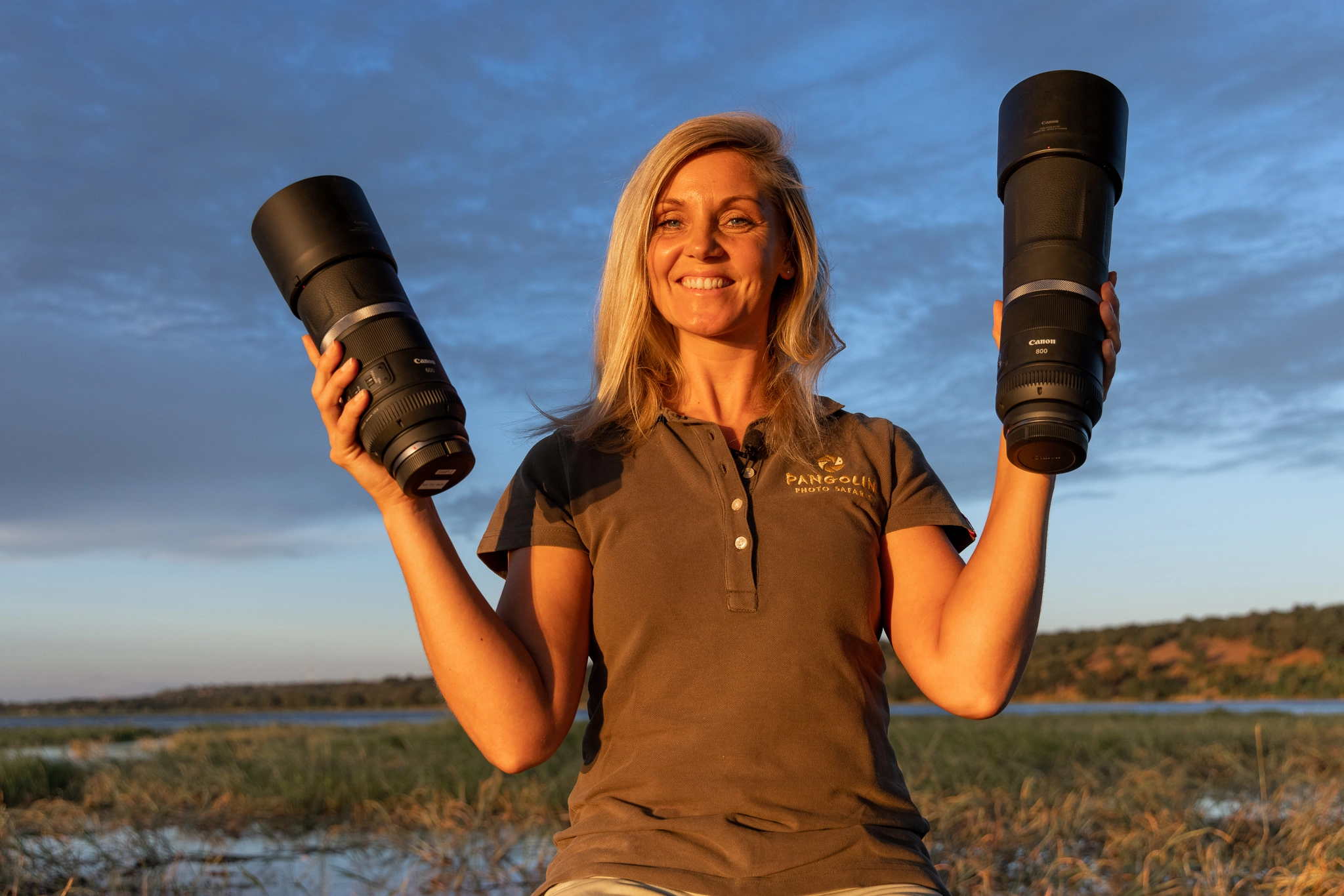
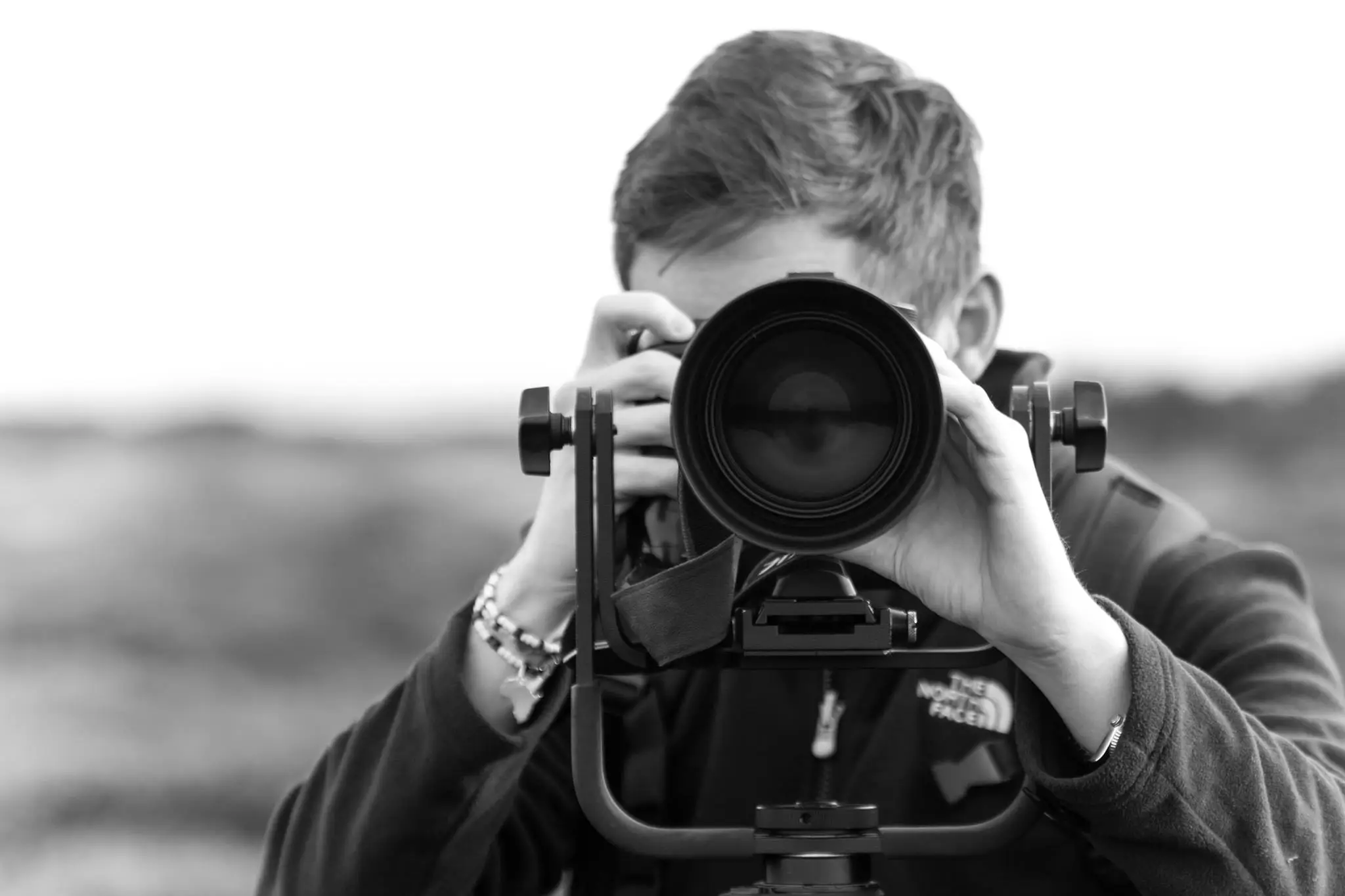

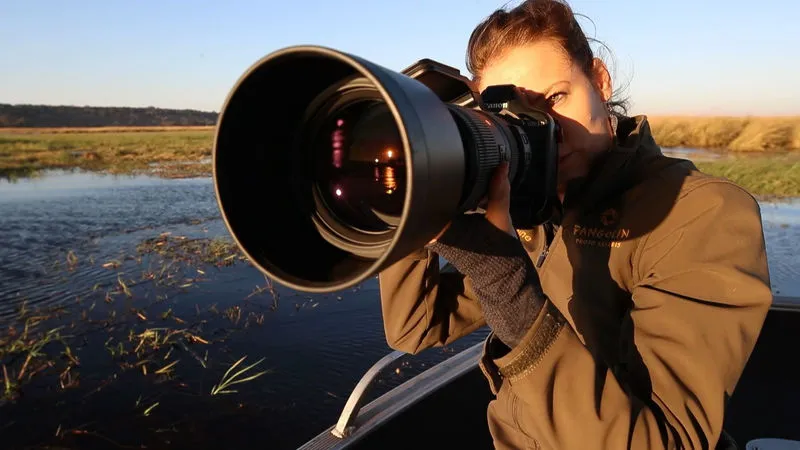
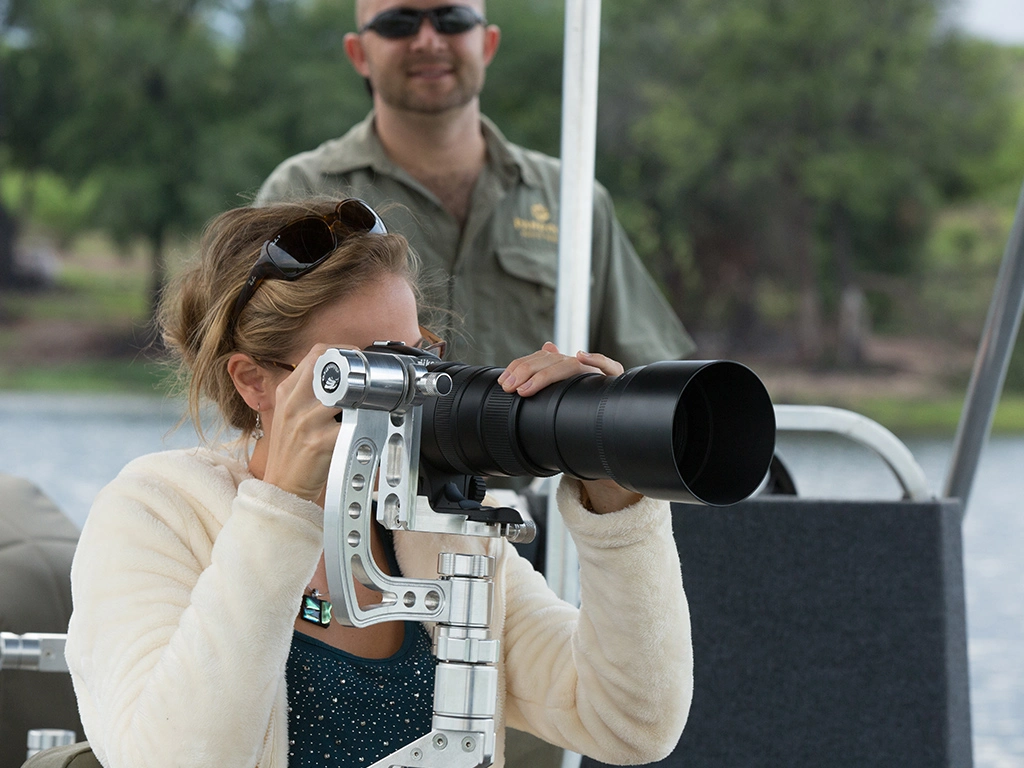
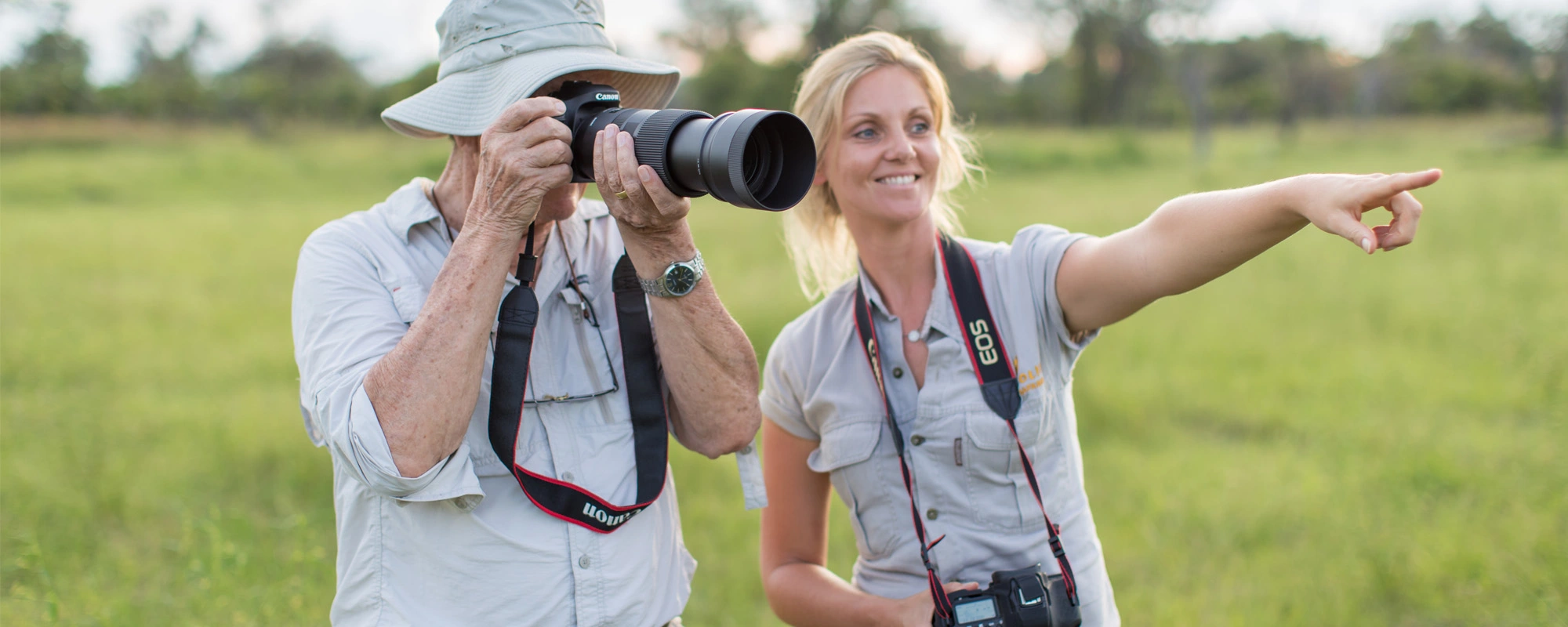

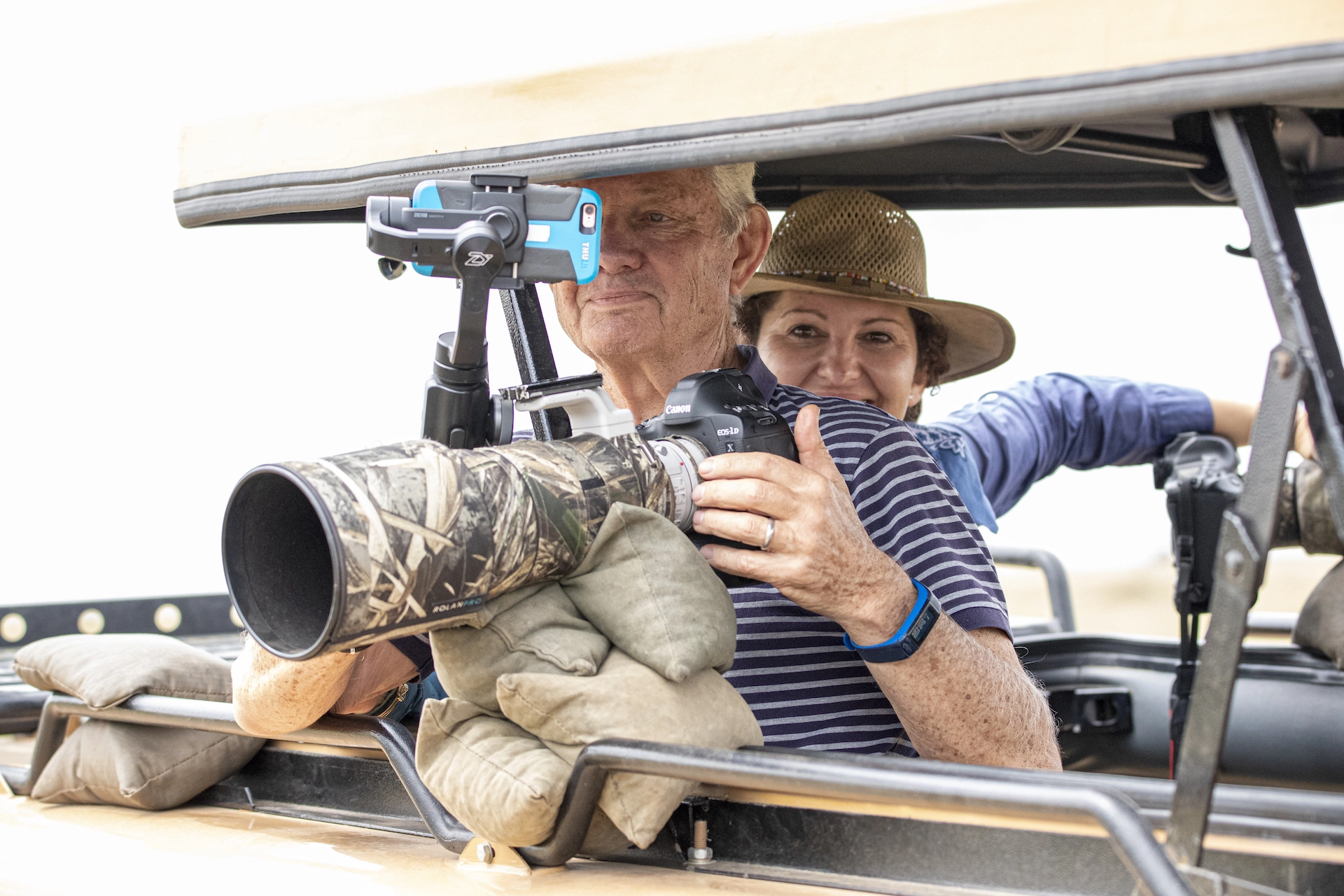
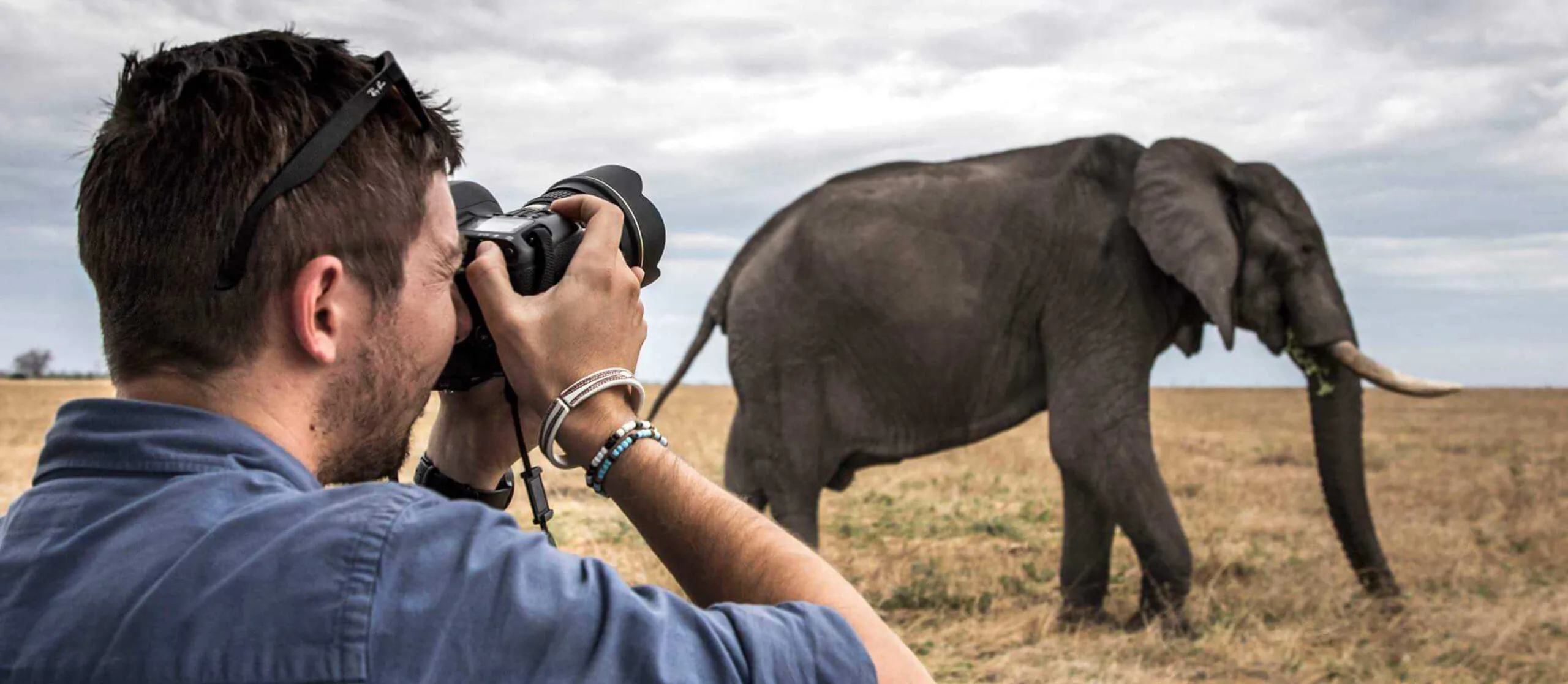
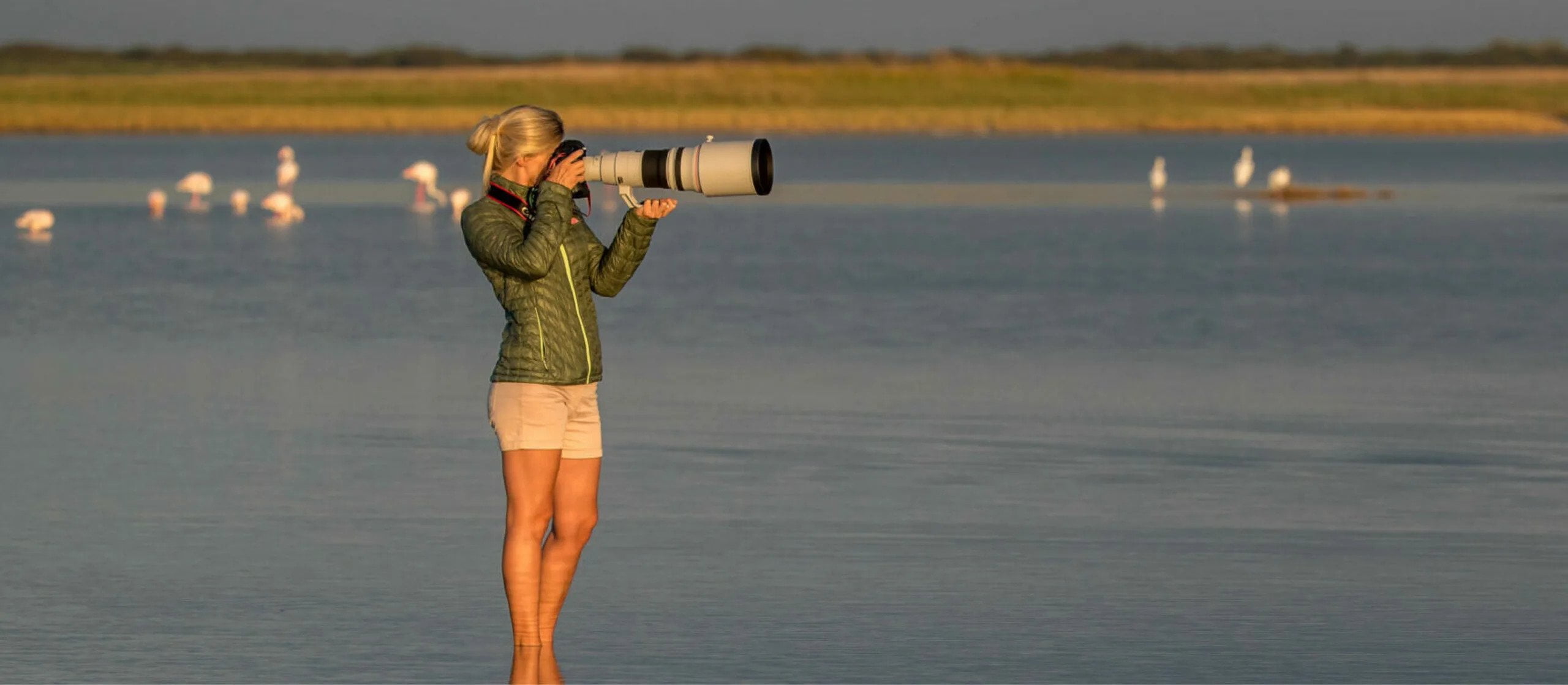
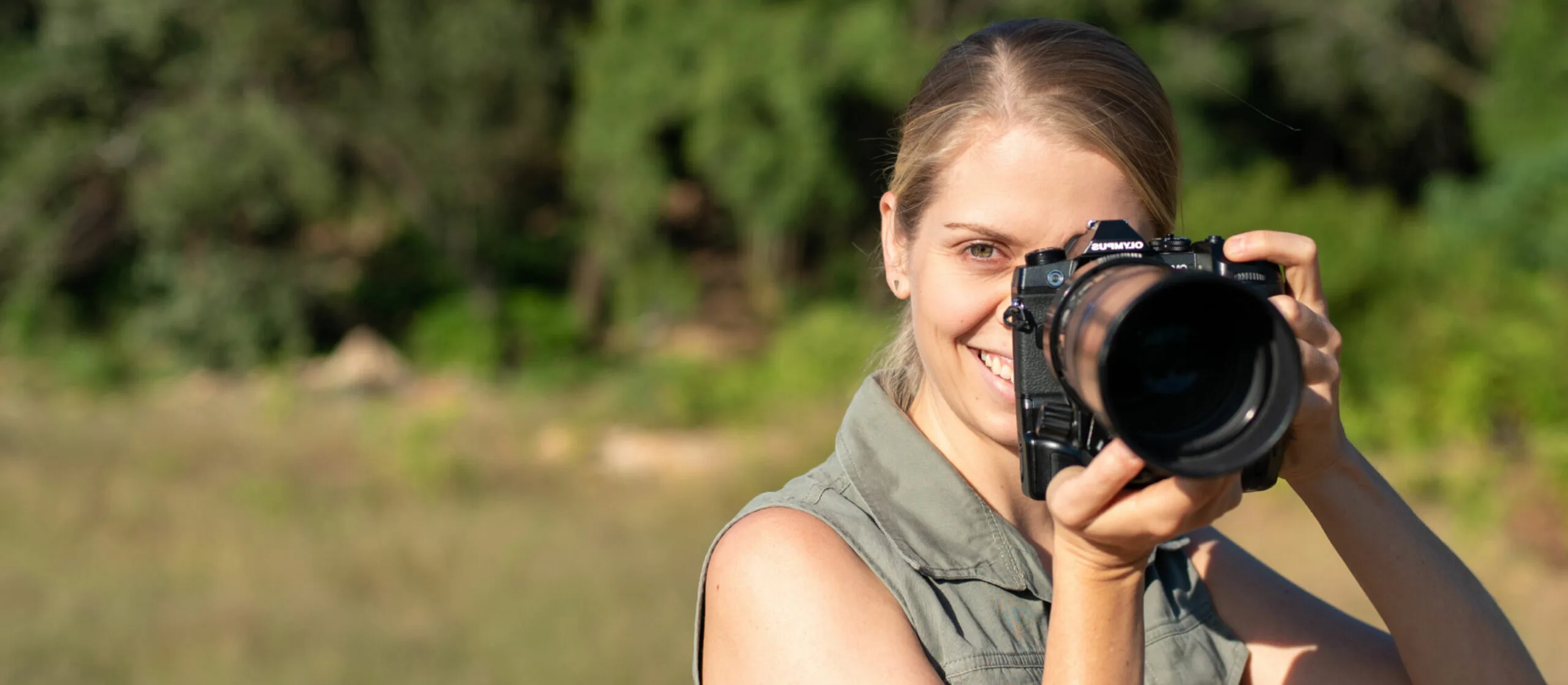


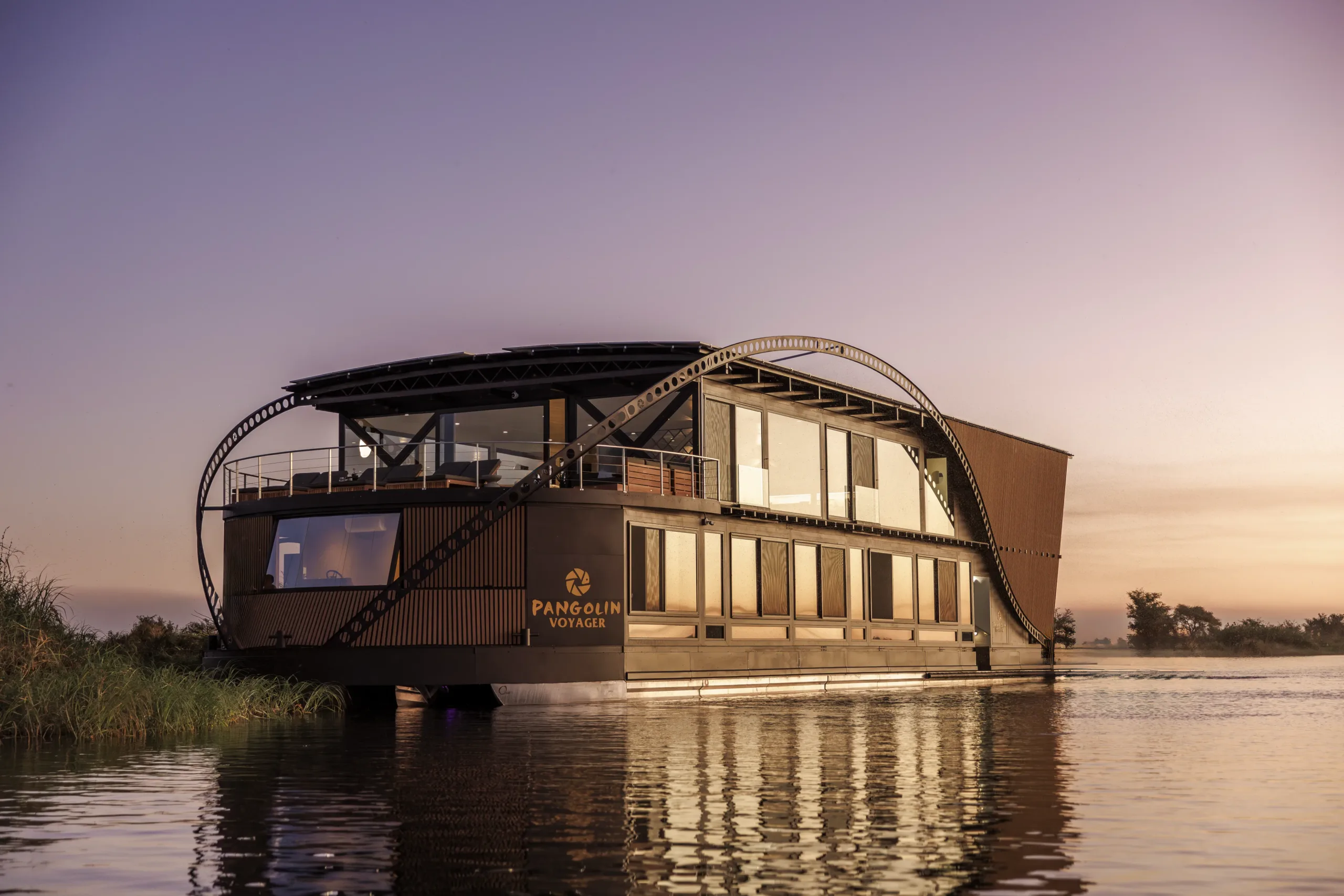
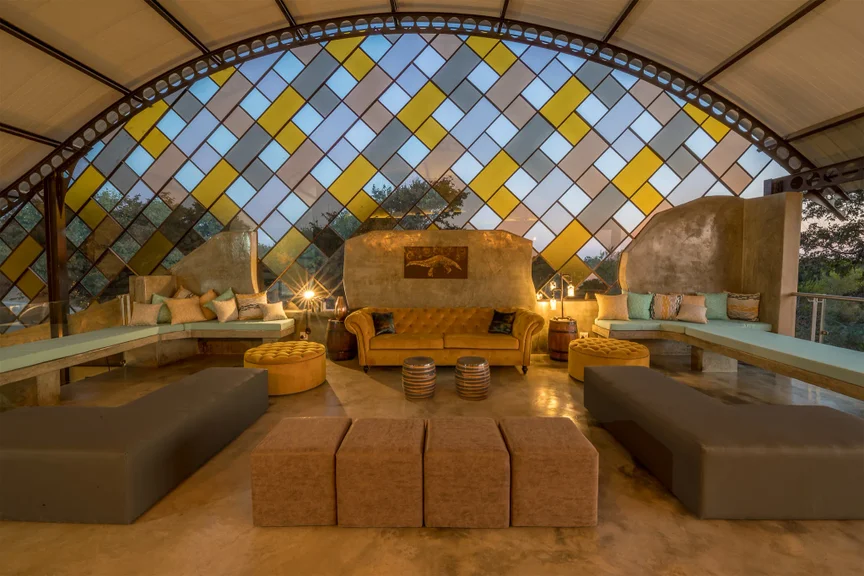

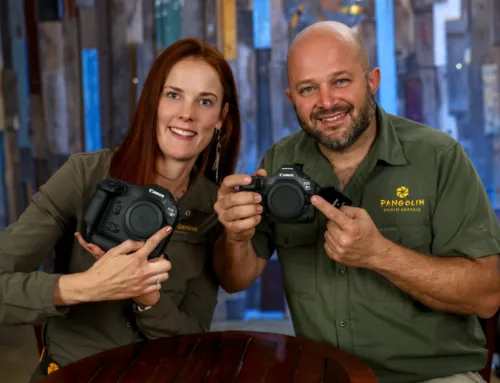
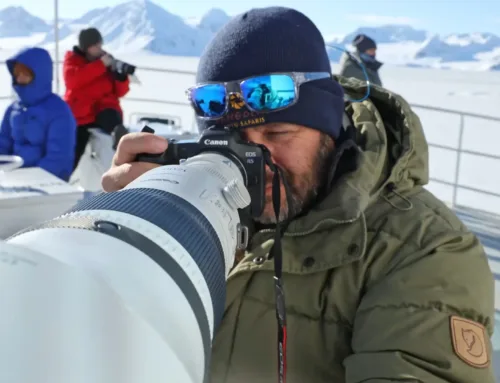
Leave A Comment
You must be logged in to post a comment.